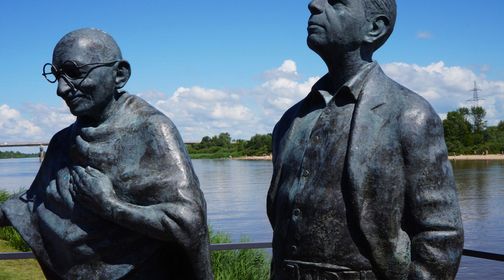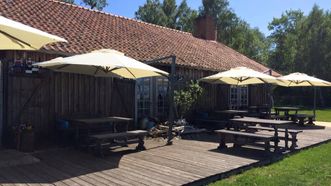
When you arrive in the coastal region, you will encounter the unique delta of the Nemunas River with its main branches – Atmata and Skirvytė – surrounded by Rusnė Island. It is home to the lowest point in Lithuania's surface (0.27 meters below sea level). The landscape of the largest delta in Lithuania is characterized by numerous watercourses and small lakes, including the Krokų Lankos Lake – lagoons, river estuaries, marshes, and the play of sand dunes. Spring floods cover an area of several thousand hectares. The forces of nature have created a distinctive way of life and unique habits for the people in this region.
The regional park lies on the migration route for birds in the Western Palearctic – Europe – Africa, making it a haven for migrating and nesting birds. Here, one can observe species of birds that are disappearing globally. The Nemunas Delta is significant not only for Lithuania but is also well-known to birdwatchers from various countries. It gained worldwide recognition when, in 1902, German botanist C. A. Weber wrote the world's first monograph on peat bogs, specifically about the Aukštumala raised bog.
An integral part of the Nemunas Delta Regional Park includes human-made structures – polders – lowland meadows protected from regular or periodic flooding by embankments.
The Nemunas Delta has long been known for the Ventė and Uostadvaris lighthouses. The abundance of architectural landmarks includes the villages of Minija (Mingė), also known as the Lithuanian Venice, Skirvytėlė, and the town of Rusnė. The park preserves the remnants of the unique Žalgiriai (Bismarko) village – a colony of marshland settlers.
The most valuable features can be explored not only by traveling by car or bicycle but also by navigating the water tourism routes using boats, boats, or kayaks.
Points of interest
59
Food
9
Accomodation
38
Loading...
©2026 trip.lt



















